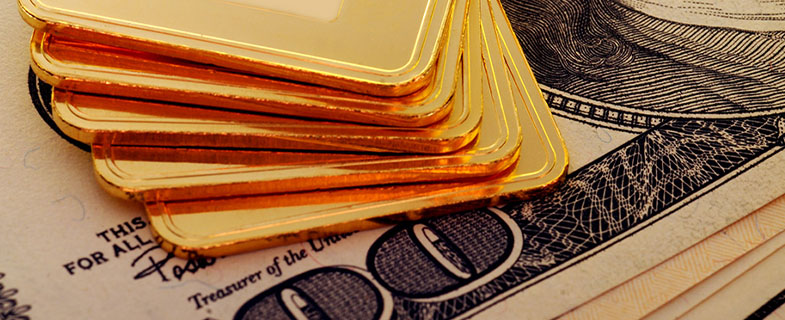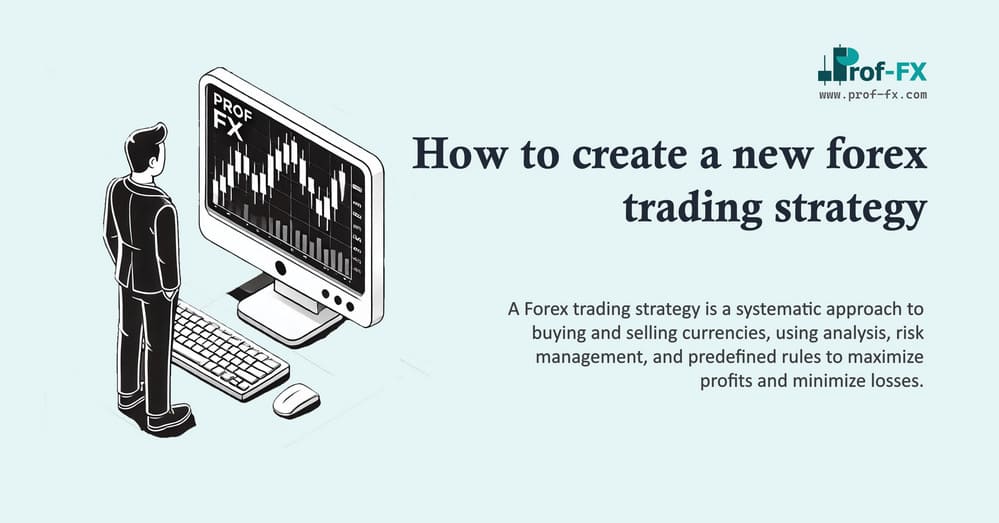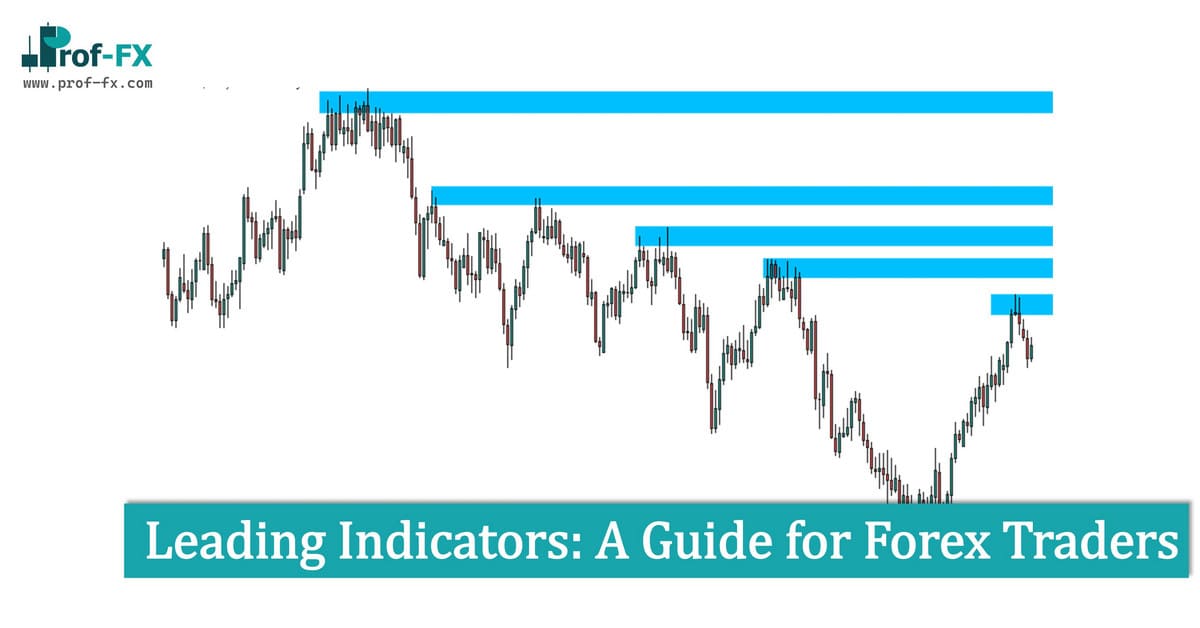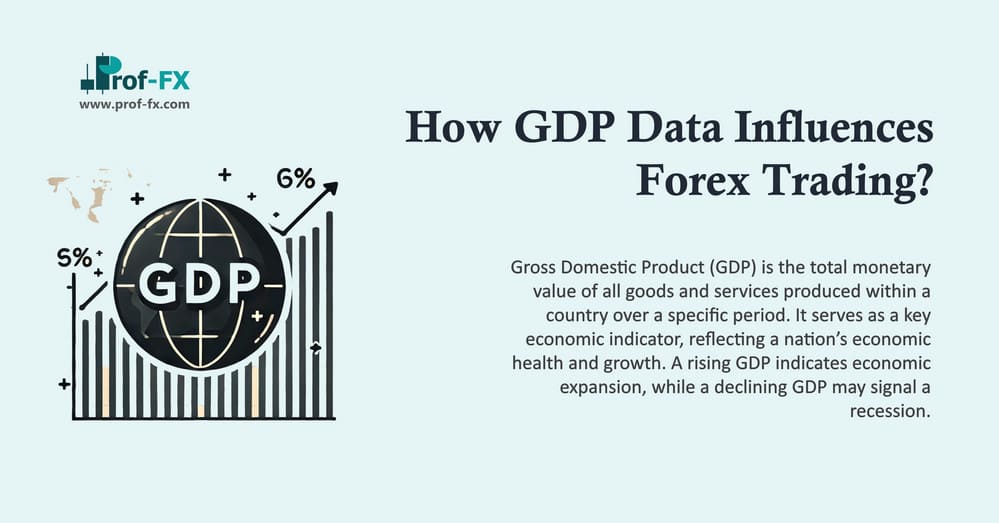“Guns and butter” signaled the beginning of the end of the Bretton Woods Accord. Guns and butter is the derogatory nickname given to President Lyndon B. Johnson’s policy agenda, which tried to both carry on a war in Vietnam and implement his Great Society social welfare programs in the United States at the same time.
Unfortunately, instead of trying to pay for both of these massive spending programs by raising taxes or cutting spending somewhere else, the federal government simply began to increase the money supply. This set off a chain reaction that ultimately destroyed the Bretton Woods Accord.
As the money supply grew and inflation picked up steam (reaching close to 9 percent in 1968), consumers in the United States started buying more goods from abroad. After all, U.S. consumers had more and more U.S. dollars in their pockets, and while inflation was making goods and services in the United States more expensive, goods and services overseas were still being priced at a fixed exchange rate.
This increase in imports started to push the United States’ trade balance (how much a country exports compared to what it imports) out of whack, which put downward pressure on the value of the U.S. dollar.
To compensate for this lopsided trade flow, foreign governments and their central banks, which were obligated to keep their currencies pegged to the U.S. dollar, had to start selling their currencies and buying U.S. dollars to lower the value of their currencies and raise the value of the U.S. dollar.
Finally, in early 1971, the U.S. trade balance moved into negative territory, showing a deficit for the first time since 1945.
The United States was officially importing more than it was exporting. This news sent currency speculators—yes, they have been around for a long time—racing to buy the deutsche mark.
They figured that the West German government would no longer be able to maintain the deutsche mark’s peg to the U.S. dollar, and the value of the mark would skyrocket.
Well, the Bundesbank (Germany’s central bank) put up a good fight. It continued to sell the deutsche mark and buy U.S. Dollars to maintain the peg for as long as it could. But after being forced to buy $1 billion in one day on May 4, 1971, and another $1 billion during the first hour of trading on May 5, 1971, the German government threw in the towel and let the deutsche mark float.
At this point, instead of trying to revalue their currencies against the U.S. dollar, other countries that had been buying massive Amounts of US dollars, just as Germany had been doing, decided to cash in one of the other aspects of the Bretton Woods monetary system: they started converting their U.S. dollars into gold.
England, France, Switzerland, and others gathered up their U.S. dollars and asked the United States to exchange them for gold at a rate of $35 per ounce.
This was a great deal for them because they could buy gold from the United States at $35 per ounce and then turn around and sell it on the open market for anywhere from $40 to $58 per ounce, depending on the timing of their sales.
Ultimately, the pressure on the U.S. government became too much to bear, and President Nixon did the unthinkable.
End of U.S. Dollar Convertibility into Gold (Nixon Shock)
On August 15, 1971, the Nixon administration announced from Camp David that it would be suspending the convertibility of the U.S. dollar into gold. You will often hear this referred to as “closing the gold window.” As you can imagine, governments around the world were quite upset by this.
While closing the gold window didn’t make many friends for the United States, it did give the U.S. government some bargaining power. After all, the U.S. government wanted everyone else to let their currencies appreciate against the U.S. dollar. But while the gold window was open, the U.S. government had no leverage to force a revaluation. Closing it provided all the leverage the government needed.











